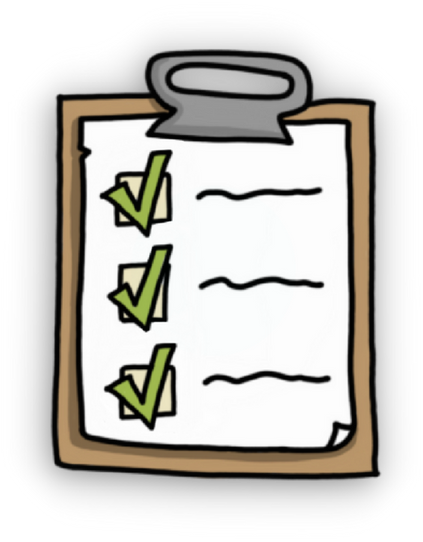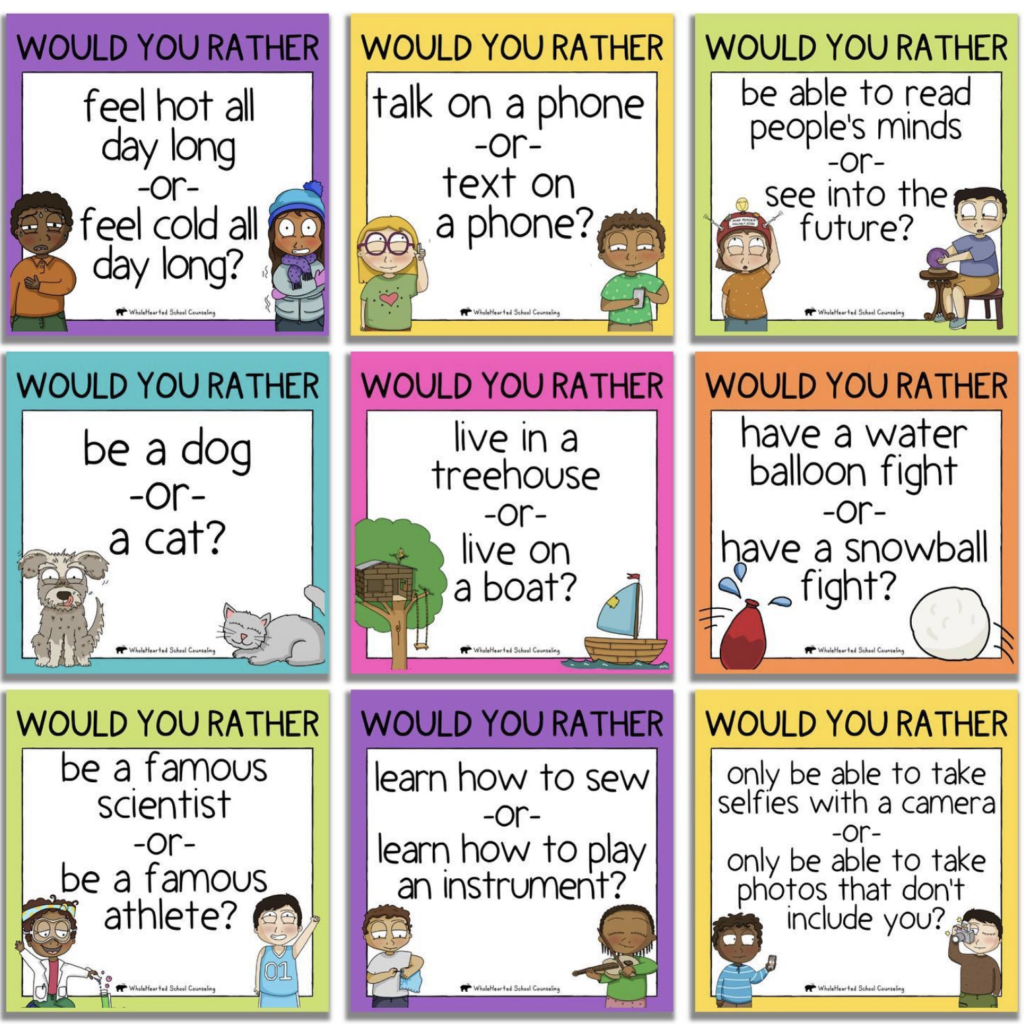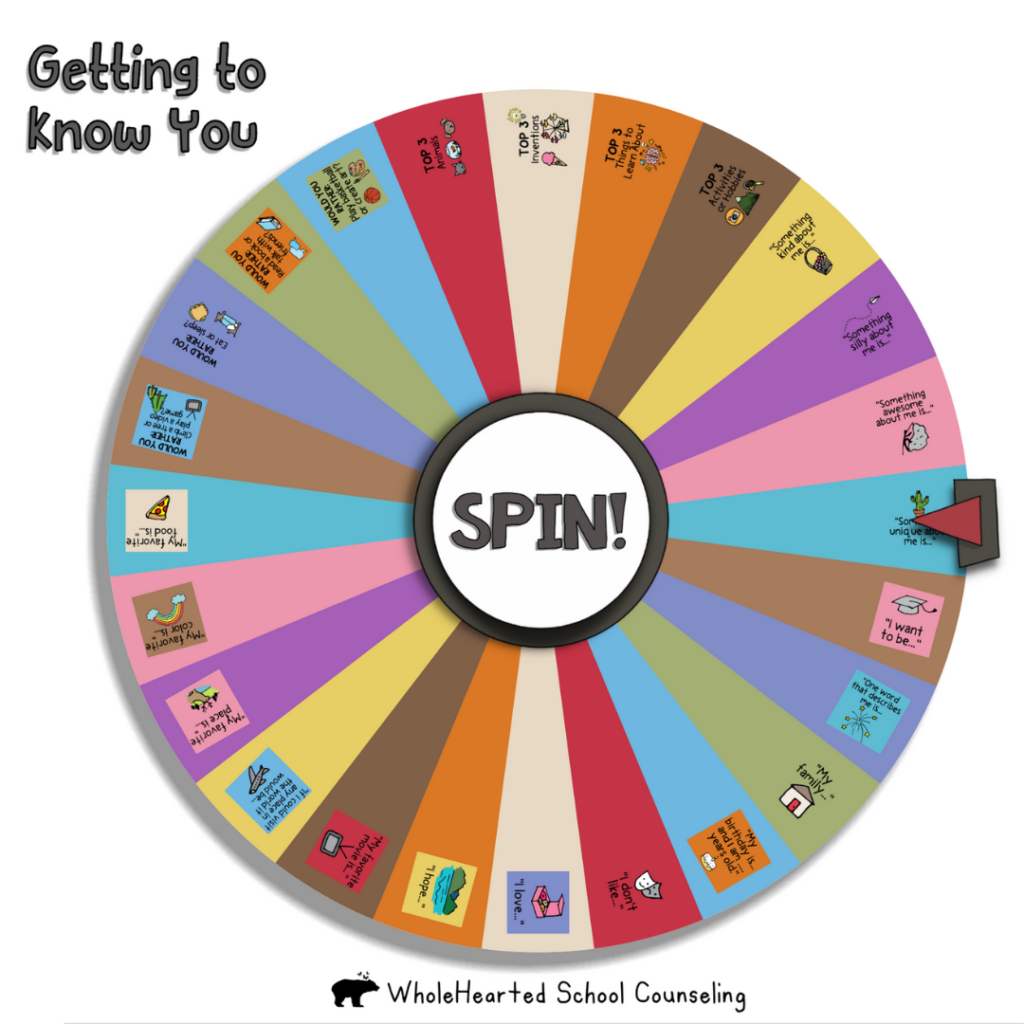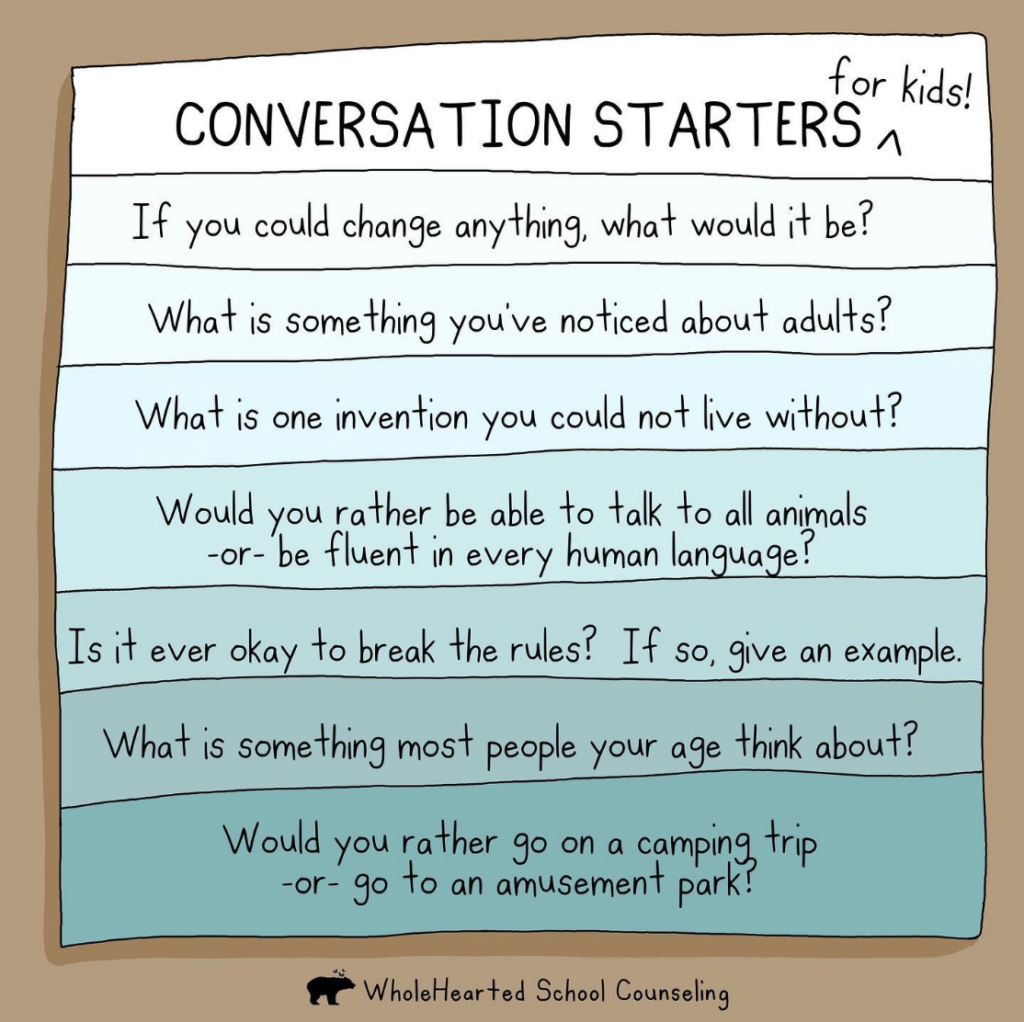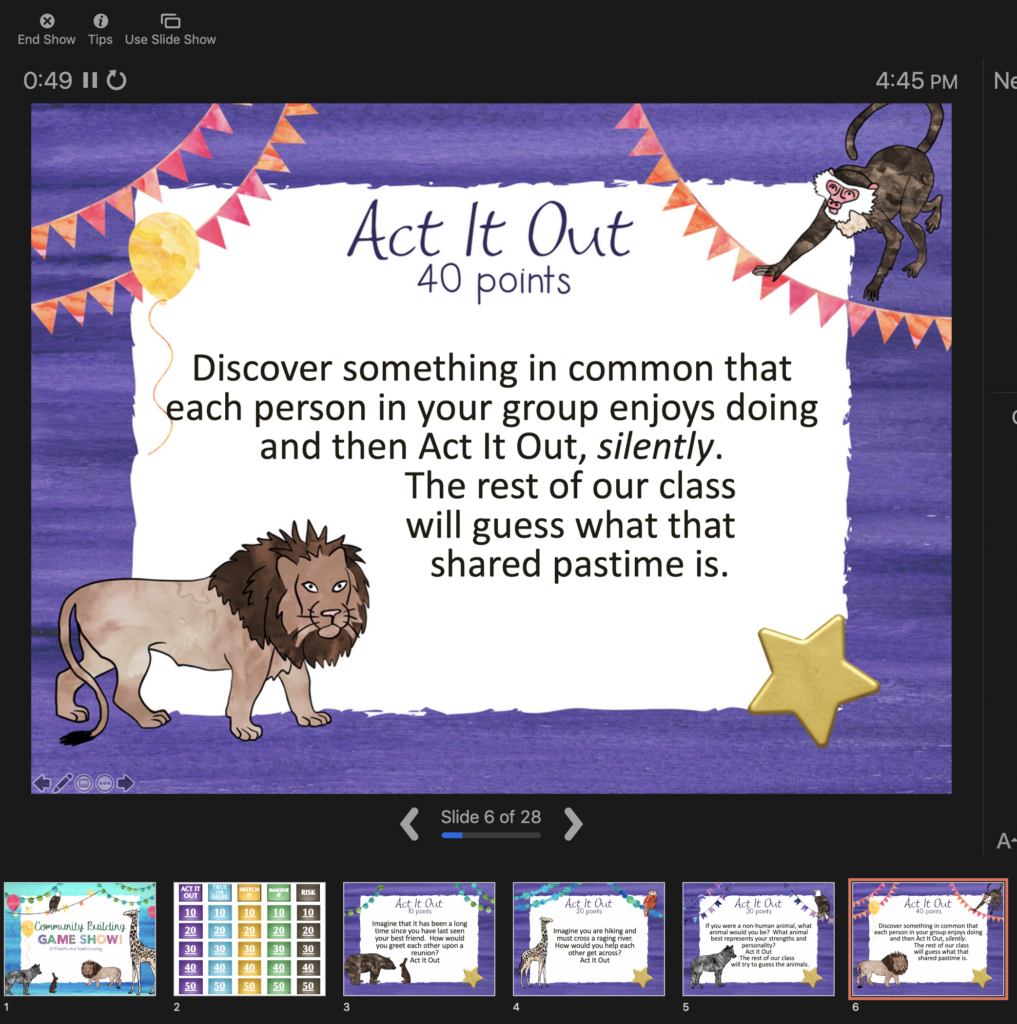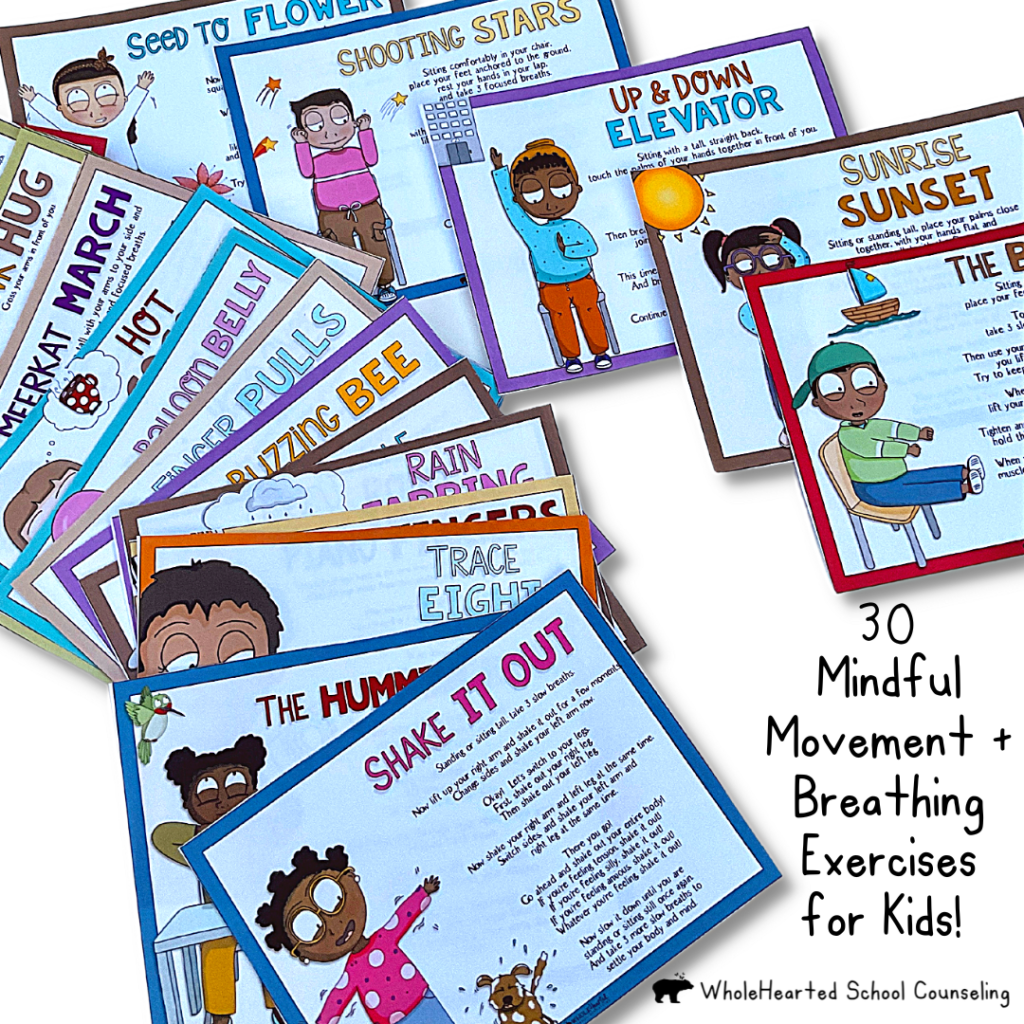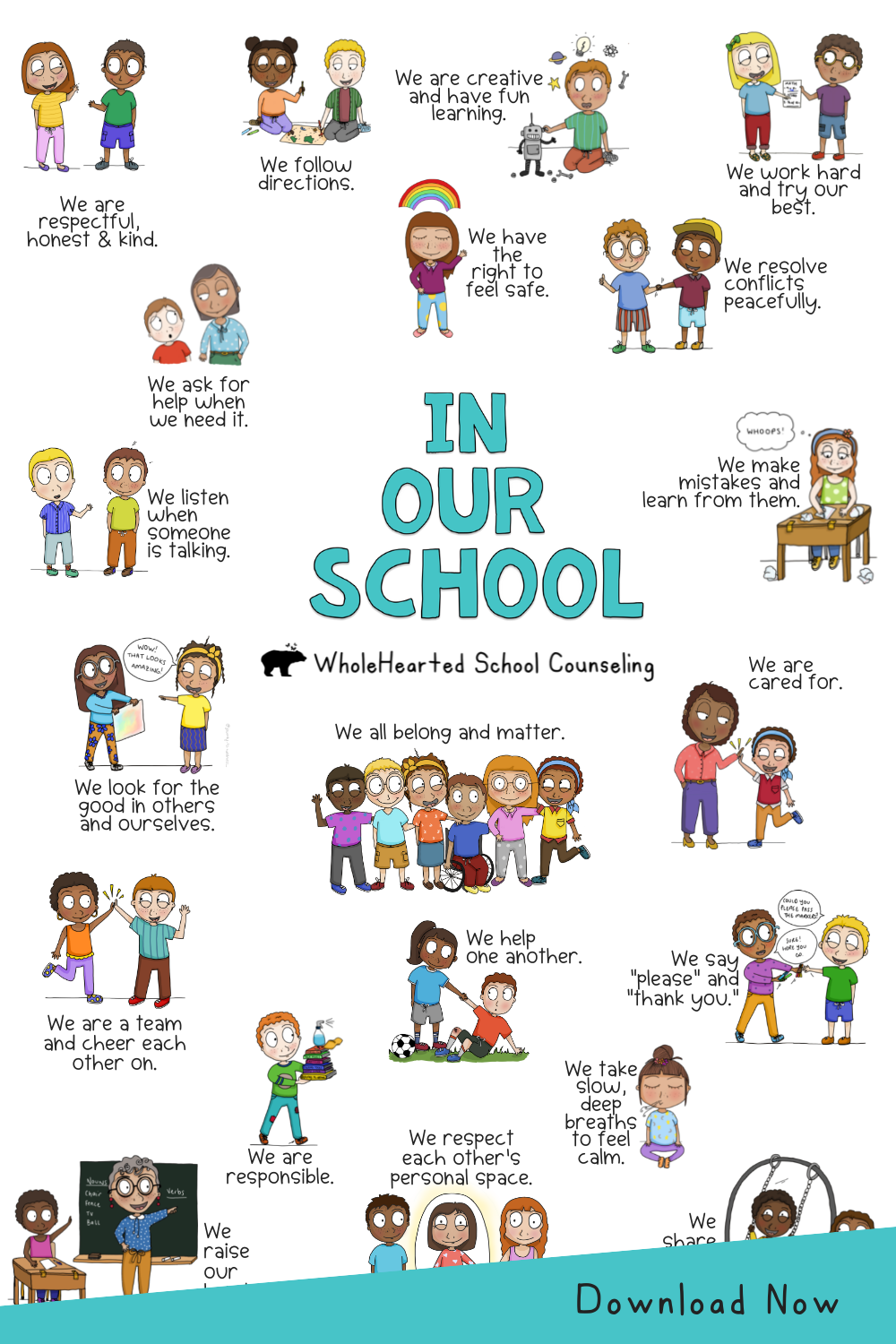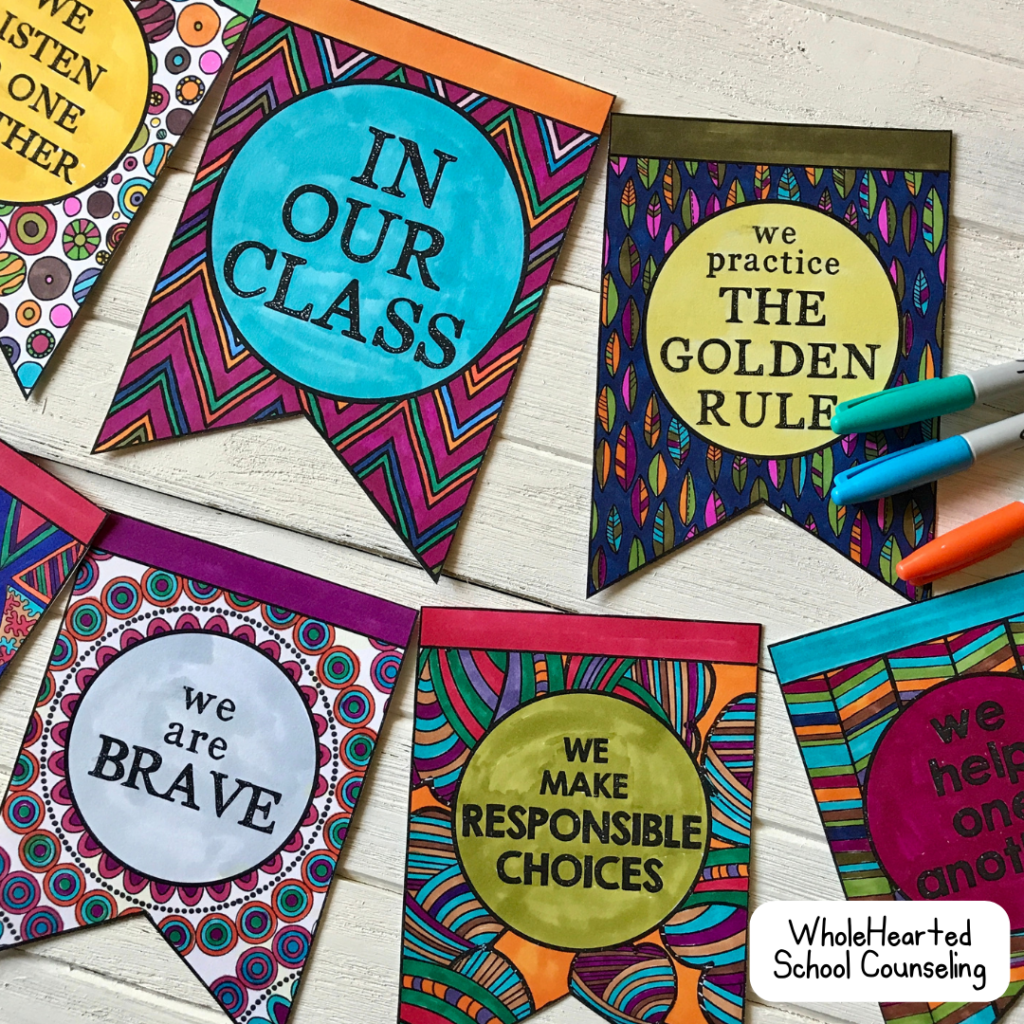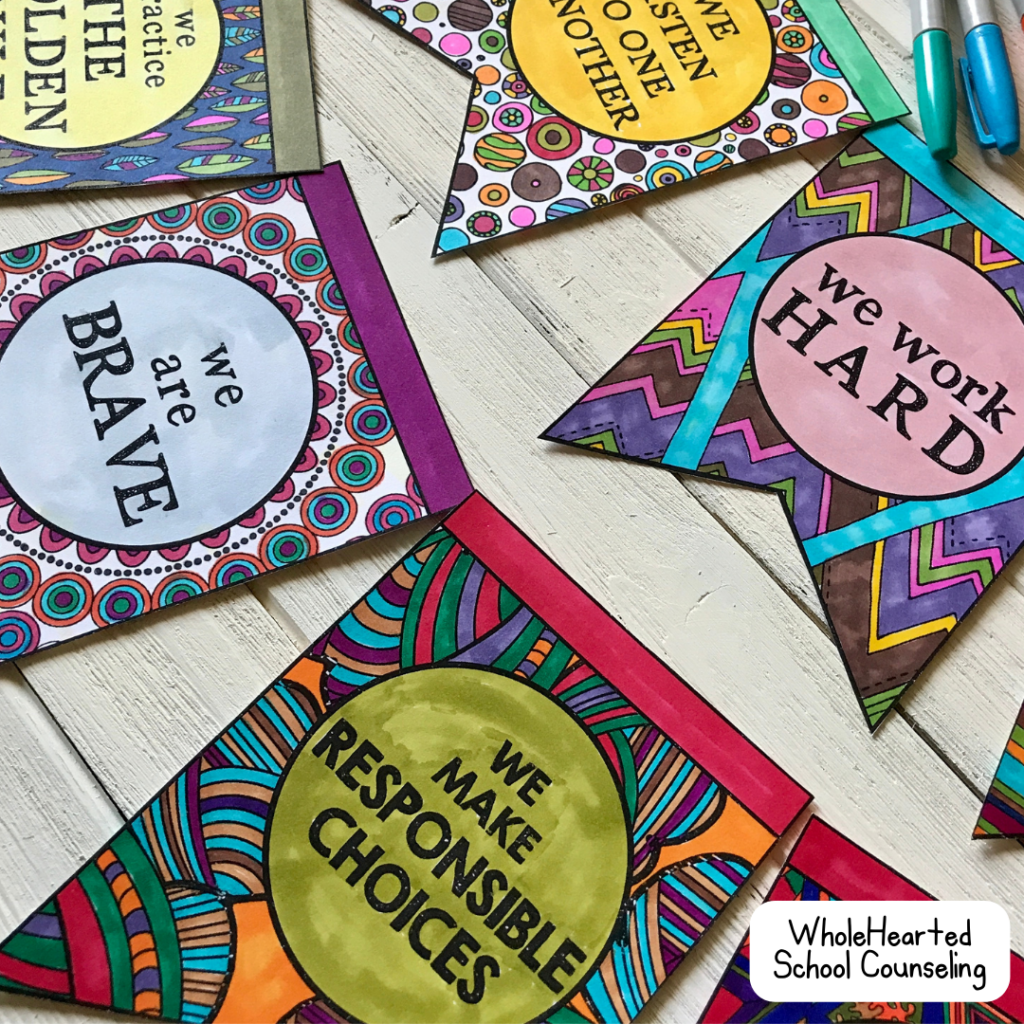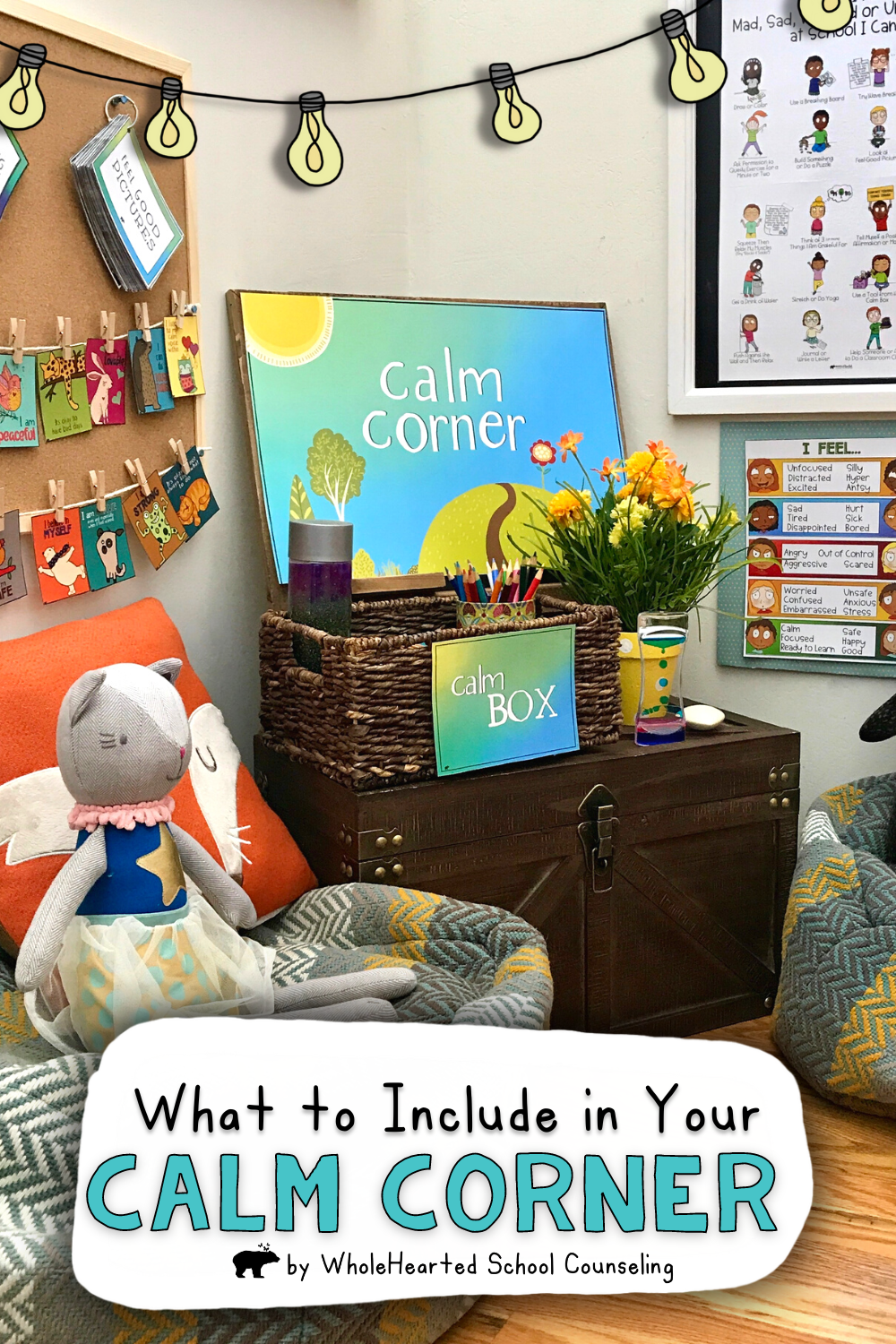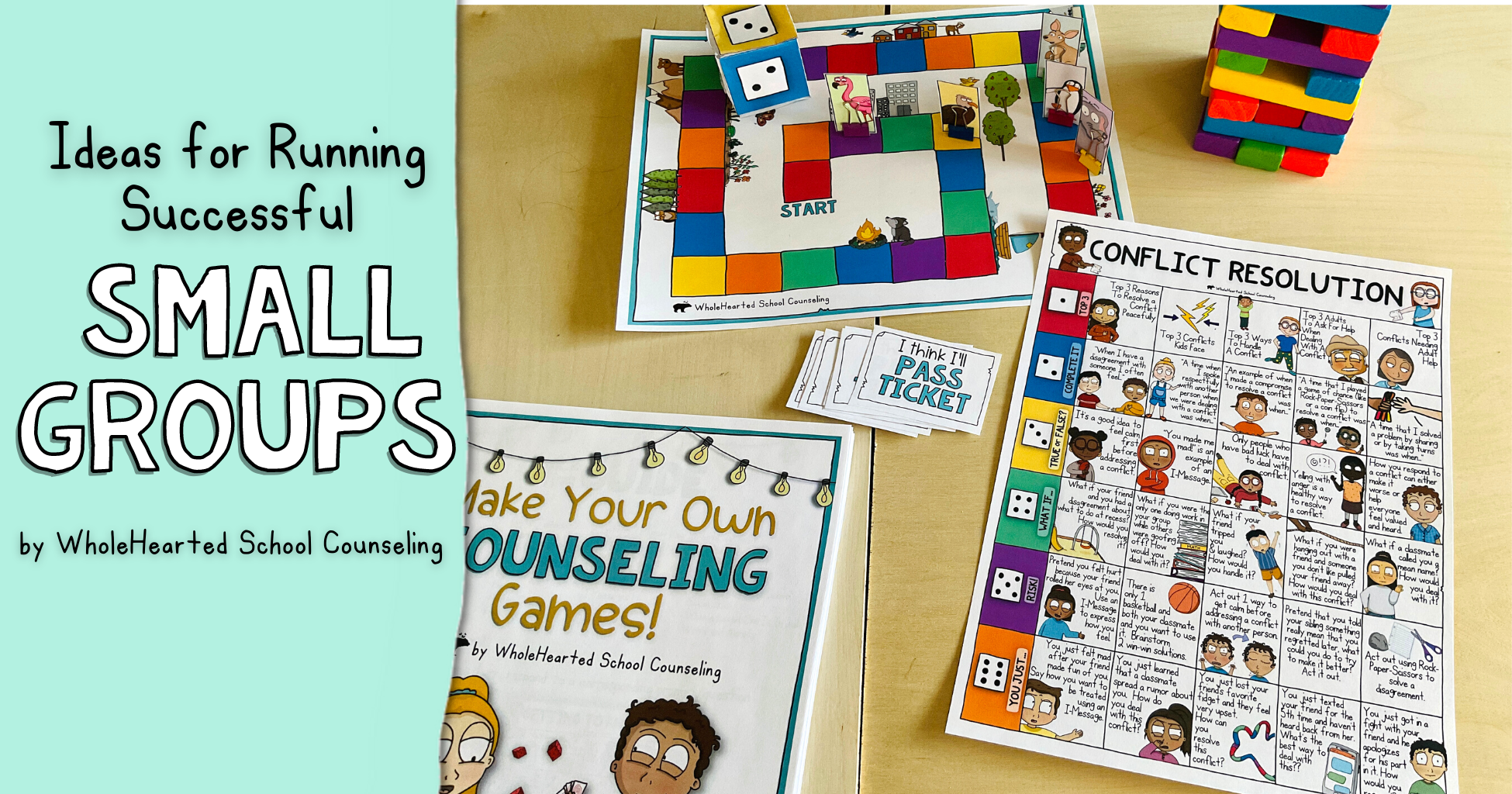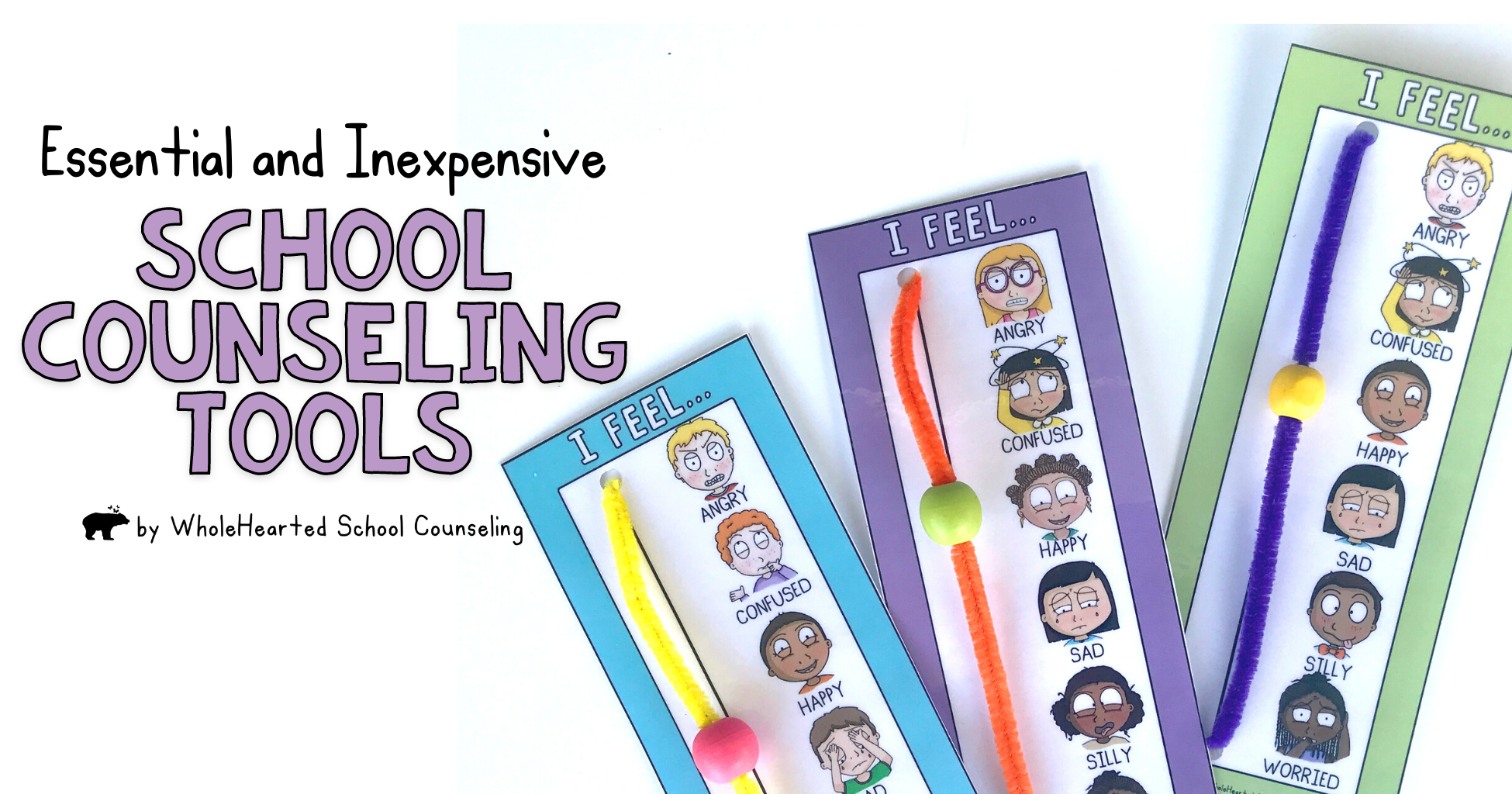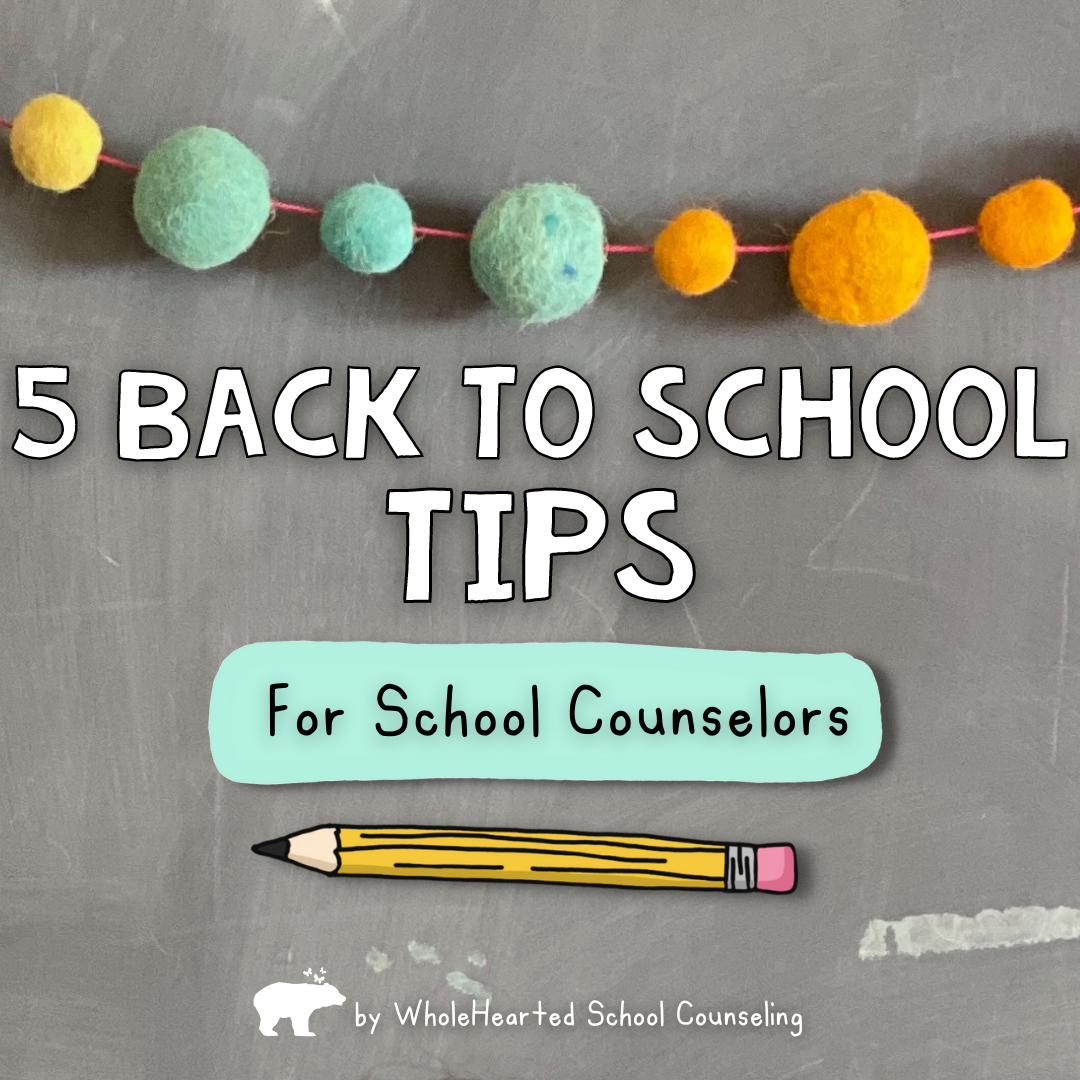
A Focus on SEL Lays the Foundation for Success!
If you’ve found yourself searching for quick back to school tips for school counselors to establish or ignite your school community and build social emotional learning into your everyday routine…. keep reading. You may find just want you need.
I know you feel me way down deep when I say, “There is nothing quite like back-to-school time!” Throwing 25+ kids into a classroom with high emotions, altered sleep schedules, and varying learning styles is the challenge and excitement that all school staff know well. Those first couple of weeks (or months), counselors, teachers, and administration are collaboratively working to lay a solid foundation. At the same, everyone is pulling tools out from their toolboxes one by one, crossing their fingers that they successfully find a strategy or two that will work miracles.
Creating a back to school environment that is safe, welcoming, expected and consistent can make all the difference! Easy as getting dressed on Friday morning, right? Let’s dive into a few back to school tips for school counselors that will make you walk a little bit taller and with the confidence to uncross your fingers and happily peace out at the end of each day.
1. FOCUS ON FORMING CONNECTIONS & RELATIONSHIPS
Learn About What Makes Each Student Unique
Intentionally learn your students’ names and something unique about them ASAP! Chatting with a student during your fair share lunch duty, or walking into a classroom and being able to strike up a conversation about their Mariachi band practice, fluffy white bunny rabbit, Sprinkles, or the number of touchdowns the 49ers scored on Sunday night football goes so much further than a generic, “How was your weekend?” Students are our biggest fans and our biggest critics. And they know when we are genuinely interested in them as human beings.
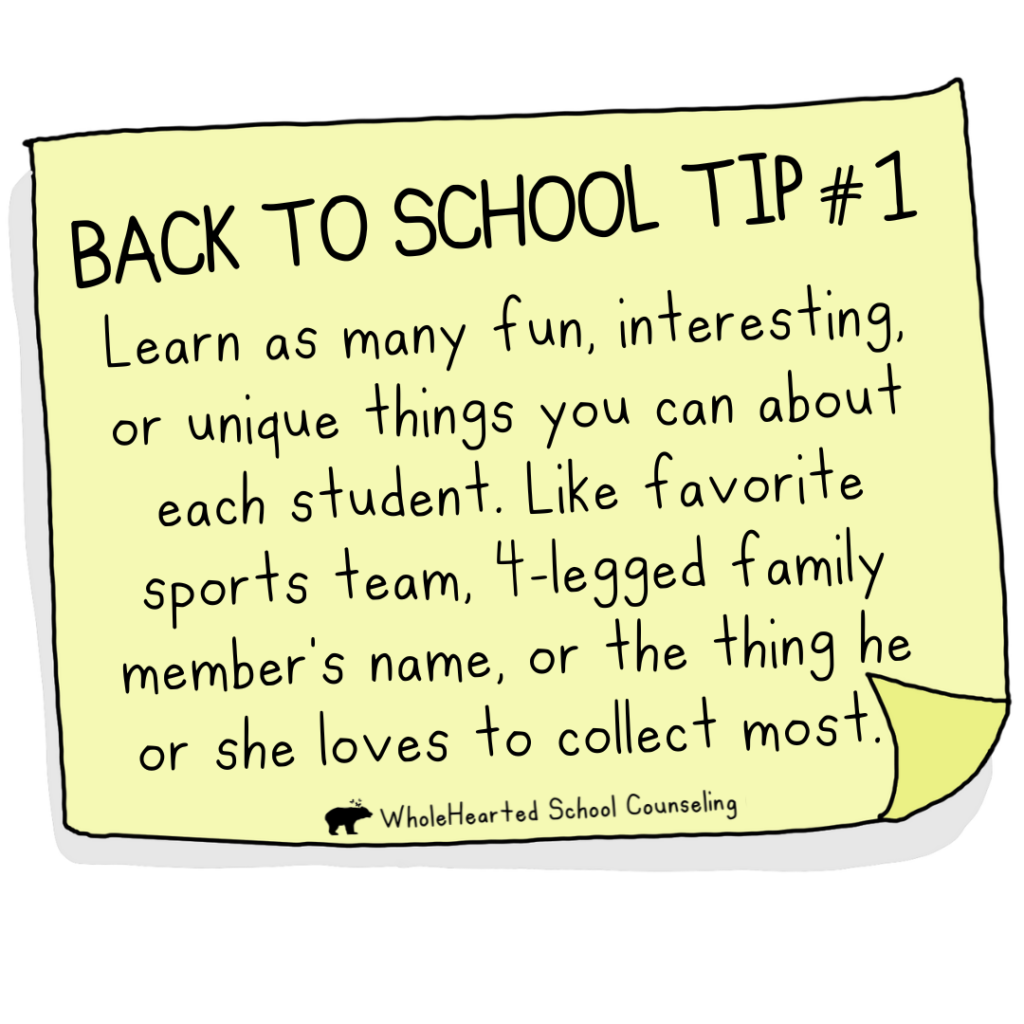
Help Your Memory and Write the It Down
If you are anything like me with a million plus one things to do, you can’t remember whether or not you locked the front door. So having a way to document these key bits of interesting information about your students can be beneficial. Maybe its in a separate notebook, on the clipboard where you keep your class lists, in the notes section of your phone, or whatever tool you find that works best for this life size game of memory.
Games for the Win
Speaking of games, play really is one of the best ways to build rapport, small group cohesion, classroom community and positive relationships. Some of my favorite games are the Would You Rather and Getting to Know You digital spinners, Conversation Starter Connect, and the Community Building Game Show. (The first three are forever freebies, btw!)
2. ESTABLISH CONSISTENCY, PREDICTABILITY & ROUTINE
Children are expected to have healthy relationships with a huge number of people for their ages and developing brains. Think about how many different people a child must interact with in one day or week at school. Each one of their classmates, classroom teacher (which could be 8 or 9 in middle and high school), specials or elective teachers, administration, coaches, and you, their school counselor (just to name a few). We expect children to collaborate and follow different expectations for each one of these adults and peers.
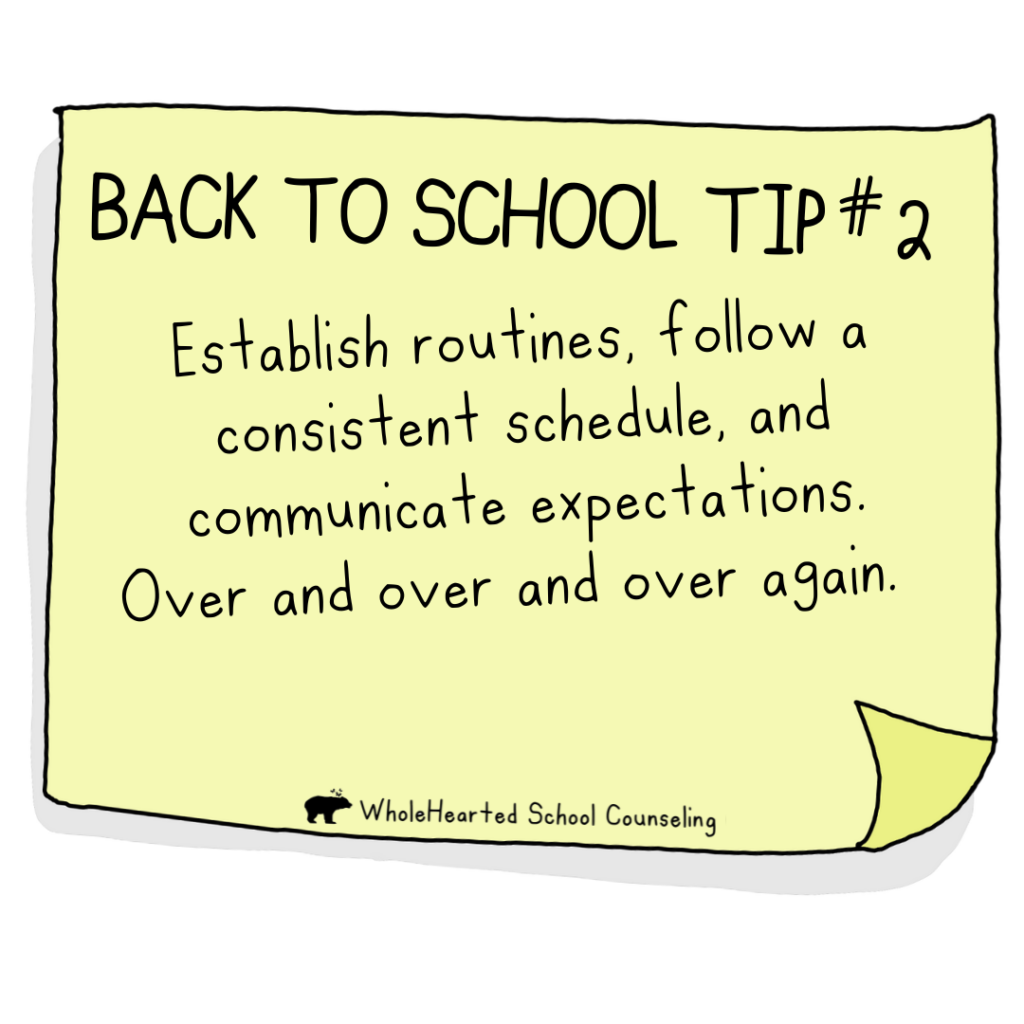
Its All About Routines
The best thing you can do to help your students with all the different transitions they have to deal with is to create consistent schedules and routines from Day 1. This helps students relax a bit more, making it easier to be themselves, and better deal with various aspects of their school day. For many students, school can elicit a range of emotions from anxiousness to pure excitement and joy. Thus, we want to provide firm boundaries and structure. This will make it easier for students to feel safe, build a growth mindset (especially those times they make mistakes) and succeed academically.
For instance, think about how you can start your guidance lessons the same way every time. Maybe this is bringing in conversation cards and doing a quick turn and talk or whole group share. Perhaps this is a round of trivia based on your previous lesson. Or you might integrate 5 minutes of yoga, a quick 1 minute brain break, or 30 seconds of mindful breathing. Short movement activities can help center the class and successfully transition to your next activity. Consider what fits your personality and style, and choose something that you know you can stick with!
Lay Out Rules and Expectations
Another super important aspect of predictability is to establish classroom and small group rules and expectations right away. This begins on day one, and is reviewed throughout the year. Clear boundaries about guidelines and expected behavior makes it so much easier for students to feel safe.
Be sure to involve your students in formulating the rules and expectations. This ensures buy in and accountability. (And you might just be surprised that they are “tougher” on the rules than you might be yourself!).
Try focusing on positive expected behaviors, values and rules. Underscore what students CAN do. And be consistent with enforcing logical consequences.
Some of the rules and expectations you might want to include are:
- We are respectful, honest, and kind.
- We follow directions.
- We make mistake and learn from them.
- We help one another
- We are a team and cheer each other on.
- We resolve conflicts peacefully
- We are responsible
And for older grades, these classroom rules coloring banners work great:
3. CREATE A CALM CORNER
Designate a calming corner, or alternative space in the classroom, counseling office and/or main office where students can go to when a break to self-regulate, or just chill, is needed. This is an amazing way to naturally incorporate SEL into everyday experiences.
Although this will require teaching the ins and outs of the space, what the expectation of the space is, and when is the appropriate time to use the space, once the calming corner is all set up, it can be a game changer for dysregulated students (and adults, too!).
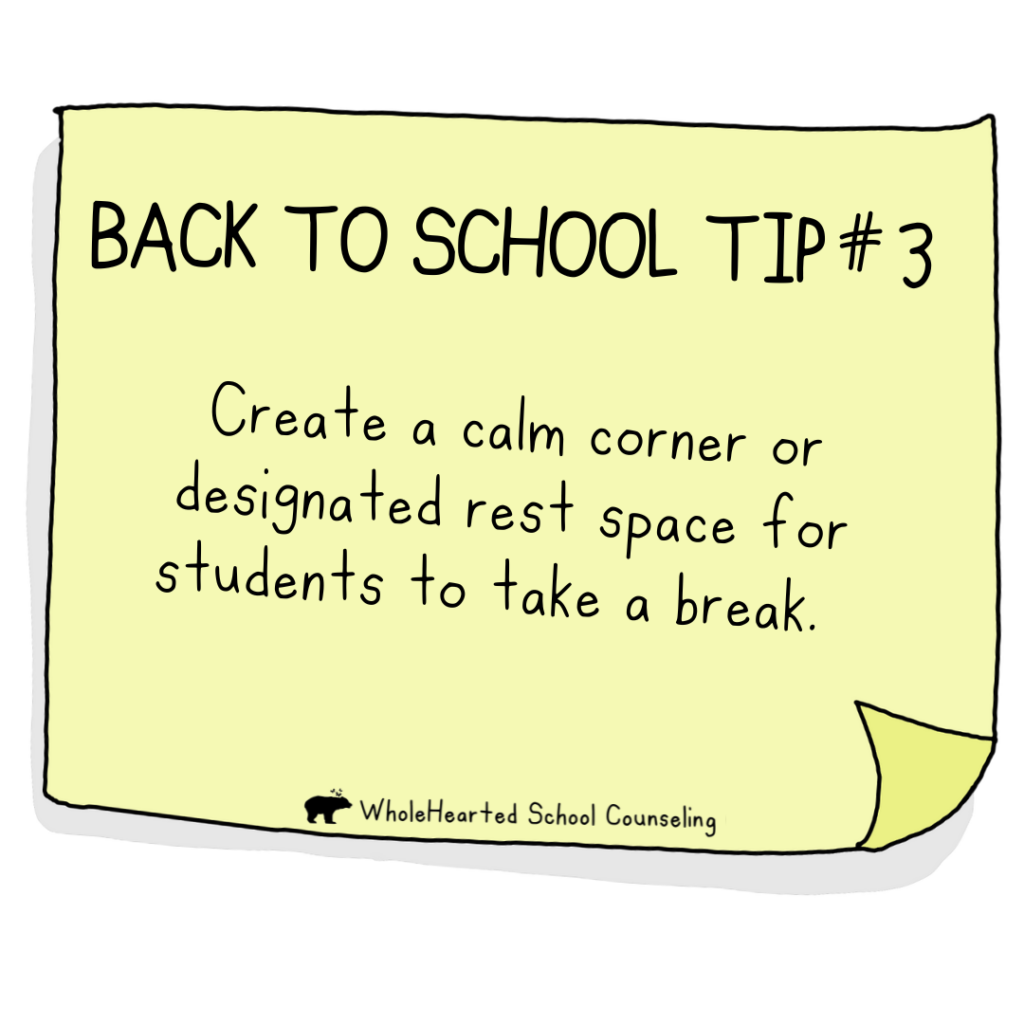
Starting this skill as young as possible allows multiple opportunities to develop self-awareness. Helping students learn how to identify feelings and triggers is one of the goals of any school counselor Read more about How To Create a Calm Corner here!

4. WORK AS A TEAM
If you’re a school counselor, your welcoming strategies should not be done in isolation. It truly takes the entire building staff and community to be on board. The beginning of the year is the perfect time to communicate with staff, students, and families about the role of the school counselor. In addition to how you can be of service to the school community. You might even want to throw in a PowerPoint slide about what school counselors don’t do! You have a special set of skills and are seen as a leader in your building, so be sure you have a seat at the table on your Tier 1, PBIS, or Climate Committee. Your training and talents will have an impactful voice in your building.
5. BUILD A BRIDGE
Parents and families pass on the baton to teachers and school staff during the school day. This means it’s critical to build a bridge between home and school. Creating a positive experience for students starts with creating a positive experience for families.
Kids sense when their families don’t feel connected or trusting of the school. Thus, the more often you can invite families to be involved in decision making and activities, the better! Consider hosting coffee with the counselor, organizing family orientations, and communicating through a monthly newsletter about local resources, events, and helpful tools.

Back to school is a time of intense social emotional learning in real time! SEL in real lived experience is about creating that all-encompassing school community. This requires putting in the effort to build relationships with staff, students, and families. It’s about developing self-awareness and skills to problem solve. It’s about finding routines and procedures that create safety and allow for deeper learning to occur within your walls and beyond. Back to school can be thought of as a time of experiential SEL…and how cool is that?!? What other back to school tips for school counselors do you recommend?





